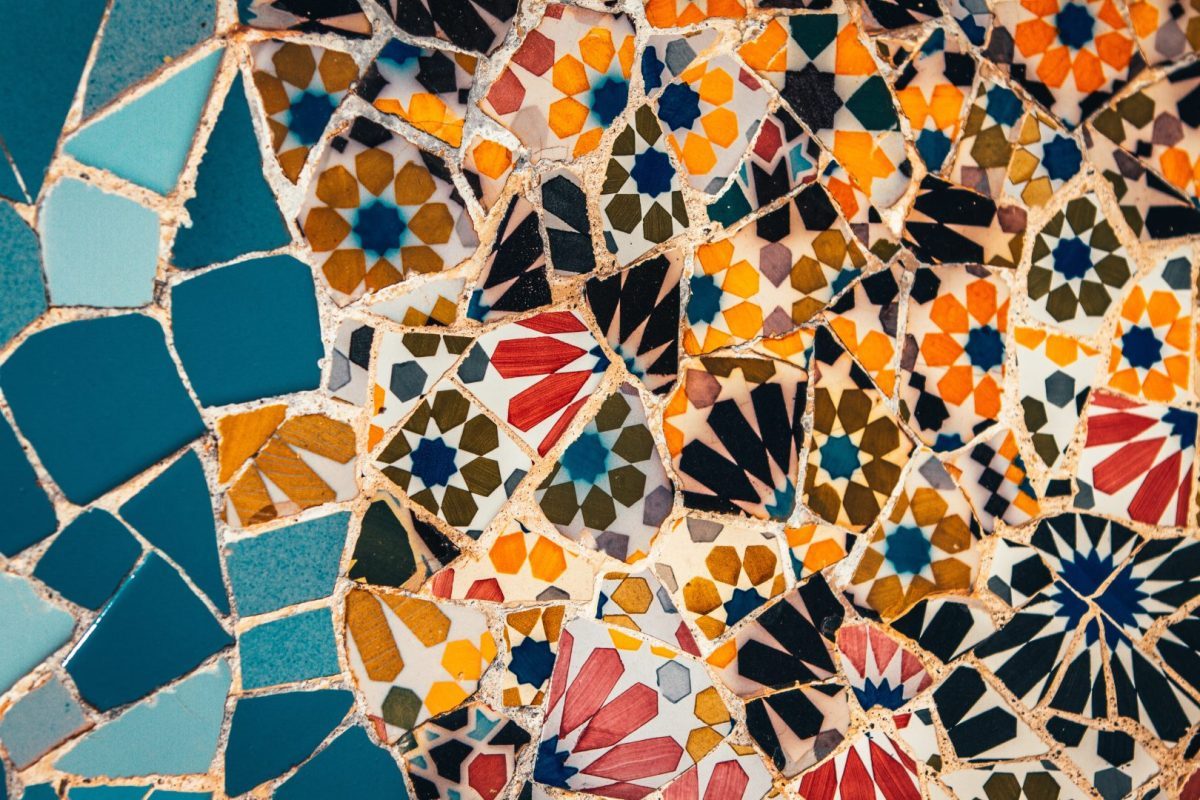Discovering the Northern Lights – Aurora Borealis in Iceland
Witnessing the Northern Lights or Aurora Borealis is a natural wonder that occurs in many destinations around the world. However, Iceland is one of the most popular spots to experience this breathtaking phenomenon. Iceland’s strategic location makes it a prime destination for viewing the Northern Lights, and the country offers a wide range of options for both amateur and professional photographers to capture this amazing sight. In this blog post, we will discuss everything you need to know about the Northern Lights in Iceland.
What are the Northern Lights or Aurora Borealis?
The Northern Lights, also known as Aurora Borealis, are a natural light display that occurs predominantly in high-latitude regions around the Arctic and Antarctic. The Aurora is caused by the Earth’s interaction with the solar wind, which is a stream of charged particles that flows out from the sun. When these particles reach the Earth’s magnetic field, they interact with atoms and molecules in the atmosphere, creating a colorful display of light. The Northern Lights can be seen in many colors, including green, purple, pink, and even red, depending on the altitude, energy, and composition of the particles.
Why Iceland is the best place to see the Northern Lights?
Iceland’s strategic location, just below the Arctic Circle, makes it the perfect place to observe the Northern Lights. Due to Iceland’s remote location and low light pollution, the country offers the best conditions for viewing this natural phenomenon. Also, Iceland’s unique geological features, such as glaciers, mountains, and geysers, provide an incredible backdrop to watch the Aurora dance across the sky. Visitors to Iceland can experience the Northern Lights from September to April, with the peak season being from October to February.
Where to see the Northern Lights in Iceland?
There are many places in Iceland where visitors can witness the Northern Lights. Reykjavik, Iceland’s capital, is one of the most popular regions to observe the Aurora, but there are several other spots that offer an even better experience. Here are some of the best locations to catch the Northern Lights in Iceland:
Thingvellir National Park:
Thingvellir National Park is a UNESCO World Heritage site and one of Iceland’s most scenic locations. The park is located about 40 km east of Reykjavik and offers stunning views of the Aurora. The Northern Lights can be seen above the highlands and the rocky wilderness, creating a magical atmosphere.
Kirkjufell Mountain:
Kirkjufell Mountain is located on the North Shore of Iceland and is known for its spectacular beauty. The Mountain also offers an excellent location to observe the Northern Lights. The Aurora dance across the sky behind the dramatic shape of Kirkjufell creates a perfect postcard moment.
Landmannalaugar:
The remote region of Landmannalaugar is situated in the highlands of Iceland and offers a surreal landscape to view the Northern Lights. The colorful mountains, hot springs, and lava fields make this region stunningly beautiful, even without the Aurora.
Jokulsarlon Glacier Lagoon:
Jokulsarlon Glacier Lagoon is one of Iceland’s top tourist attractions due to its beautiful ice formations and crystal-clear water. It’s also one of the best places to see the Aurora, as the lights reflect on the glacier lagoon’s calm waters, making it a remarkable experience for photographers.
How to see the Northern Lights in Iceland?
Seeing the Northern Lights in Iceland is an experience that you will never forget, and there are several ways to do it. Here are some tips:
Go on a Northern Lights tour:
The most popular way to experience the Northern Lights in Iceland is through a guided tour. Several companies offer tours that take visitors to remote locations far from light pollution to see the Aurora. These tours come with a guide knowledgeable about the Northern Lights, a warm suit, and professional photos to capture the experience.
Drive yourself:
If you’re adventurous and want to explore Iceland on your own, renting a car and driving around the country is an excellent option. You don’t have to venture too far from Reykjavik to see the Northern Lights, but you’ll need a good forecast and a clear sky. Be sure to check the weather forecast before you head out.
Stay in a remote area:
If you prefer to experience the Northern Lights from your accommodation, renting a cabin in a remote location is a great option. It offers optimal conditions for Aurora viewing and is an excellent way to relax and unwind while experiencing the natural wonder of the Aurora Borealis.
What’s the best time to see the Northern Lights in Iceland?
The best time to see the Northern Lights in Iceland is from September to April, with the peak season from October to February. To increase your chances of catching the Aurora, keep an eye on the weather and solar activity forecast. You want a clear and ideally moonless sky for the best experience. Don’t forget that patience is key when it comes to the Northern Lights; they can be a bit elusive, so be sure to take your time and enjoy the experience.
Conclusion
For anyone visiting Iceland, witnessing the Northern Lights should be at the top of their list. With its remote location, unique geological features, and optimal conditions, Iceland is the perfect destination to experience the Aurora Borealis. Whether you choose to go on a guided tour, drive yourself, or stay in a remote location, seeing the Northern Lights is an unforgettable experience that you will cherish forever.
Table of Contents

